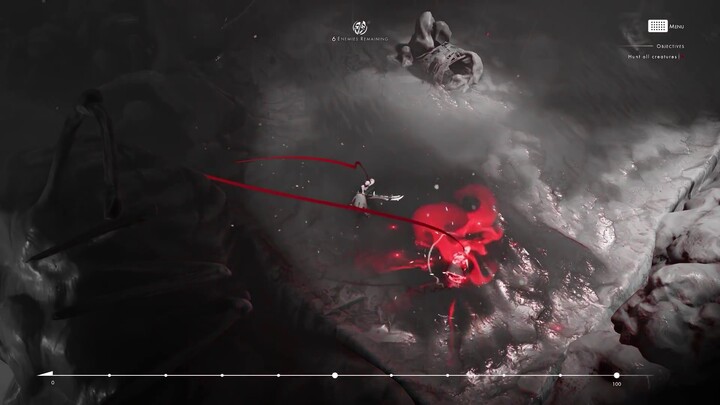

Using them to create ability combos is the artform of Othercide. These abilities fire off after a delay but often deal more damage than a simple attack. Using the initiative order becomes essential when you begin unlocking delayed actions. At first, this is useful for keeping track of who to target but that is only scratching the surface. A live initiative bar at the bottom of the screen shows you exactly who goes when, and when certain abilities will fire. Where Othercide makes itself perfectly clear is the battle system. Some unclear wording in descriptions adds to the occasional lack of clarity, although this is a generally rare issue. When the stakes are as high as they are in Othercide, you really need to understand how everything works. That being said, Othercide doesn’t always do the best job of explaining it’s systems, or how they interact. Every action taken has a distinct, measurable impact. Nothing feels ineffective or a waste of time.

In fact, Othercide is perhaps one of the best examples of gameplay loop balance I have played in a long time. While this may sound more annoying than fun, the continual feeling of growth does balance it out. Obviously, the inherent risk is that equipping a powerful buff could easily mean losing it in the next battle. This costs another resource and cannot be unequipped, only lost when the unit dies. Another example of the theme of sacrifice: Your units, or Sisters, can be further upgraded through applying finite buffs to their abilities.


 0 kommentar(er)
0 kommentar(er)
